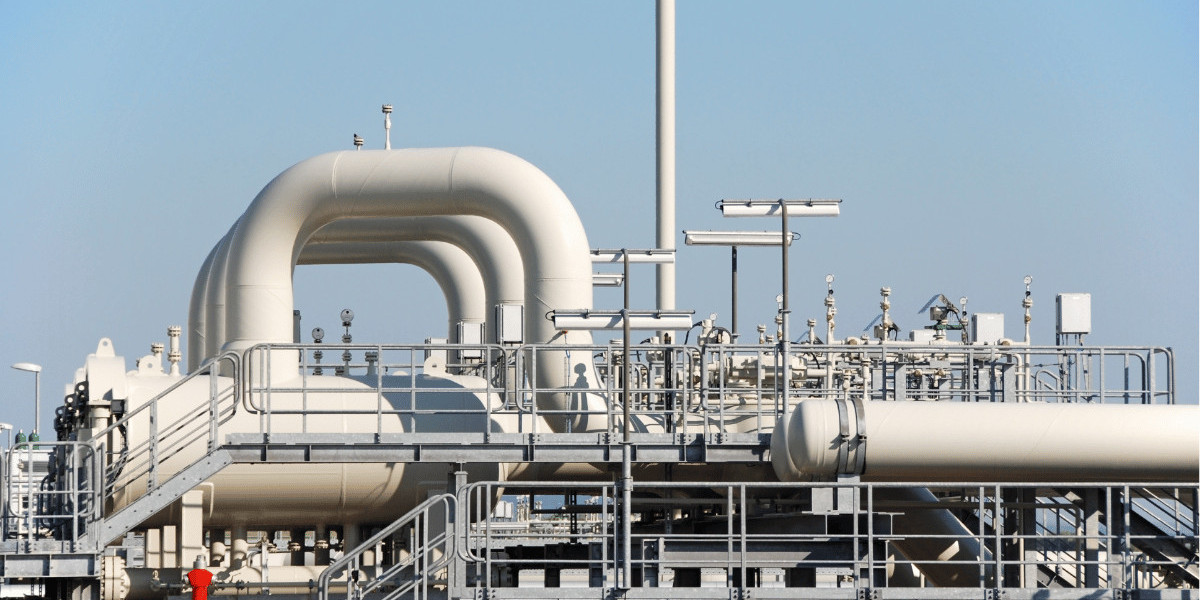Saudi Arabia Oil and Gas Midstream Market Outlook
Saudi Arabia’s oil and gas midstream sector plays a crucial role in the nation’s energy value chain, serving as the backbone of transportation, storage, and processing infrastructure. Positioned as one of the world’s leading oil producers and exporters, the Kingdom’s midstream operations ensure the efficient movement of crude oil, natural gas, and refined products from production fields to downstream refineries, petrochemical plants, and export terminals. This segment is integral to maintaining the reliability, safety, and profitability of Saudi Arabia’s energy industry.
Market Dynamics
1. Strategic Importance of the Midstream Sector
The midstream segment in Saudi Arabia functions as a vital bridge between the upstream extraction and downstream processing industries. It encompasses pipelines, terminals, storage facilities, and LNG infrastructure. Given the nation’s dependence on hydrocarbon exports, maintaining robust midstream capabilities is a strategic priority for the Saudi government and national oil companies such as Saudi Aramco.
2. Expanding Pipeline Infrastructure
Saudi Arabia continues to invest in expanding and upgrading its extensive pipeline network to enhance connectivity between oil fields, refineries, and export ports. The cross-country pipelines reduce dependence on maritime routes and improve supply chain resilience. Efforts are also underway to enhance safety standards, increase automation, and adopt digital pipeline management technologies.
3. Growing Focus on Natural Gas
In recent years, the Saudi midstream market has witnessed an increasing emphasis on natural gas infrastructure development. The country’s Vision 2030 plan promotes diversification of energy sources, with natural gas positioned as a cleaner alternative to oil. This transition has driven the expansion of gas processing facilities, compression stations, and transmission networks to meet rising domestic and industrial demand.
4. Role of Export Terminals and Storage
Saudi Arabia’s geographic position gives it a strategic advantage for energy exports. The country operates some of the largest oil terminals and storage facilities in the world, particularly along the Arabian Gulf and the Red Sea. Terminals like Ras Tanura and Yanbu are pivotal in ensuring steady crude and refined product exports. Investments in storage capacity aim to enhance supply flexibility and emergency response capabilities.
Technological Advancements
The Saudi oil and gas midstream market is steadily integrating advanced technologies such as IoT, AI-based monitoring, and predictive maintenance tools. These digital innovations help detect leaks, monitor flow rates, and improve operational efficiency. Automation also plays a critical role in ensuring compliance with safety and environmental regulations, aligning with global sustainability goals.
Additionally, digital twin technologies and data analytics are increasingly being adopted for real-time infrastructure management. Saudi Aramco and other operators are exploring these tools to extend asset life, reduce maintenance costs, and optimize transportation routes.
Environmental and Regulatory Landscape
Environmental stewardship has become a key concern for Saudi Arabia’s midstream industry. With the global energy transition accelerating, the Kingdom is adopting policies aimed at reducing carbon emissions and methane leakage. Midstream operators are integrating carbon capture and storage (CCS) technologies and exploring hydrogen blending within pipeline systems. Regulatory frameworks are being strengthened to ensure environmental compliance, safety, and transparency in operations.
Key Market Players
The Saudi midstream sector is largely dominated by Saudi Aramco, which owns and operates most of the country’s oil and gas transportation infrastructure. Other regional and international players collaborate through joint ventures, technical partnerships, and service contracts. These companies contribute expertise in engineering, logistics, and pipeline management, helping drive efficiency and innovation across the value chain.
Investment Outlook
Saudi Arabia’s long-term investment strategy for the oil and gas midstream segment aligns with its national goals under Vision 2030 and the Saudi Green Initiative. The country seeks to balance energy security with sustainability by modernizing its infrastructure and supporting cleaner fuels. Expanding natural gas pipelines, developing LNG terminals, and enhancing cross-border connectivity remain key focus areas.
Moreover, the government’s commitment to infrastructure development and foreign partnerships is expected to encourage additional investment inflows and technological collaborations in the coming years.
Future Trends
Energy Diversification – A gradual shift toward gas and low-carbon energy infrastructure.
Digitalization – Adoption of smart technologies for predictive maintenance and operational optimization.
Sustainability Focus – Integration of carbon capture, utilization, and storage (CCUS) systems.
Regional Connectivity – Expansion of transnational pipelines to enhance export flexibility.
Privatization Initiatives – Encouragement of private sector participation in midstream projects.
The Saudi Arabia oil and gas midstream market remains central to the Kingdom’s energy dominance and economic resilience. As the nation advances toward a diversified and sustainable energy future, the modernization of its midstream infrastructure will be critical. With continued investments, digital innovation, and policy support, Saudi Arabia is well-positioned to maintain its leadership in global energy logistics while supporting the transition to cleaner energy systems.







